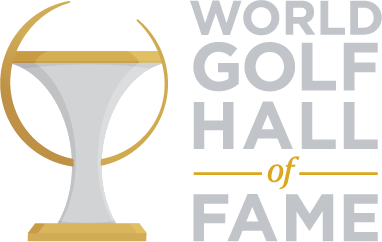Henry Picard’s rise from that of a small club professional to one of elite golfer certainly didn’t come without trying times.
In 1931, Picard was working as the head pro at Charleston Country Club in South Carolina when the Depression hit. Picard found himself with $5 in his pocket and his bank locked the doors. To make matters worse, he and his wife, Sunny, were expecting their first child and Charleston Country Club’s membership was dwindled due to falling businesses. As a result, Picard was told the club could no longer afford his salary.
There were a few benefactors in Charleston, however, who still had money and wanted to see Picard’s goal of making the professional tour become a reality. Their solution was, since no salary could be afforded, they would pay Picard based on his golf scores – $5 if he played a round even par, $10 if he was 1 under par and so forth. The result was if he played well then there was food to feed his family. If not, then hunger was on the horizon. This system certainly familiarized Picard with playing under pressure.

